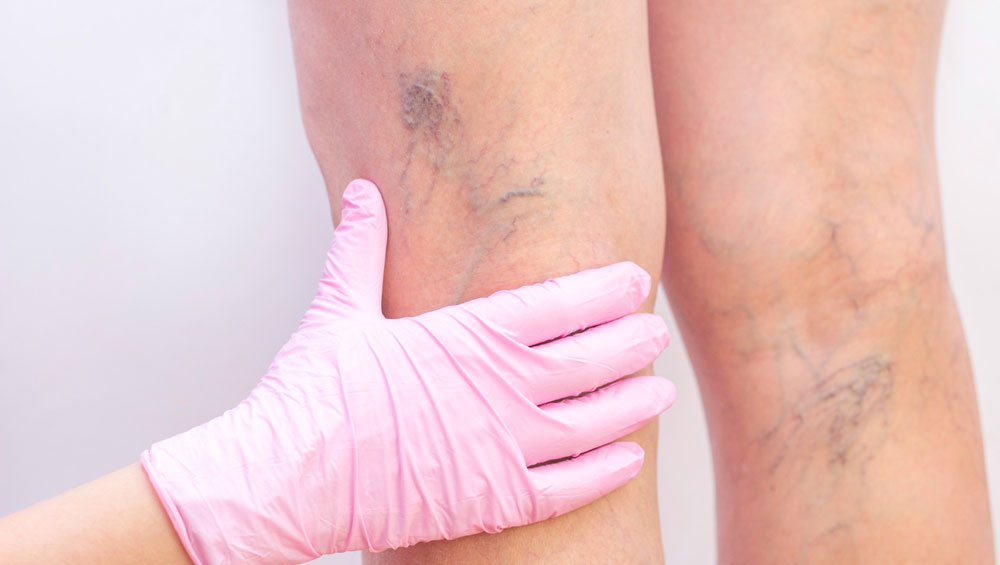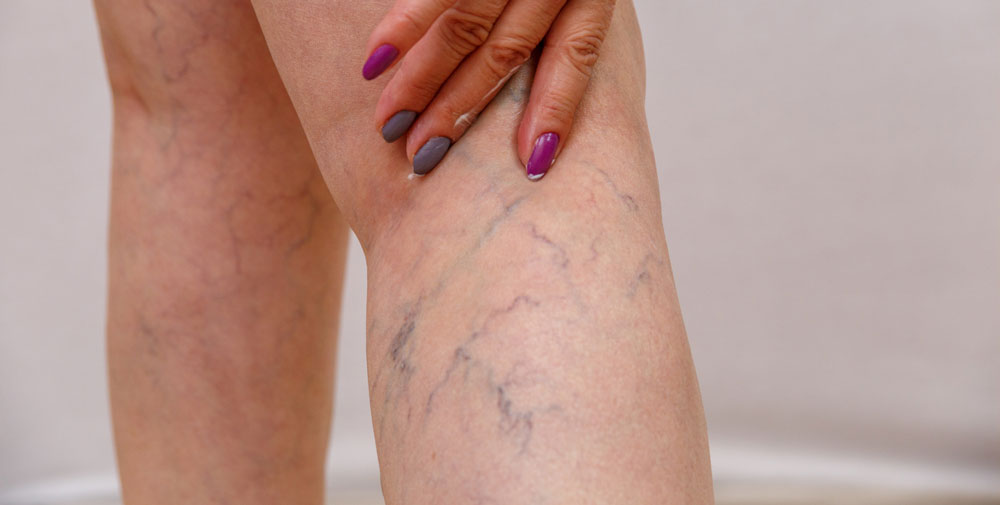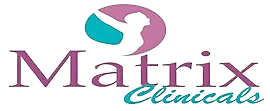Spiderveins Removal

Spider Veins are the small thin, thread-like veins that are seen just beneath the surface of the skin also known as telangiectasias .These are very small blood vessels that appear on the face and legs. They sometimes look like spider webs or tree branches. It is very common to find spider veins on the lateral thigh. Spider veins are caused mainly by heredity. Other factors contributing to spider veins include weight gain, long periods of standing, and sun exposure for long hours and increased hormones during pregnancy.
Many patients are bothered by the appearance of spider veins on prominent areas such as the legs and seek treatment to restore a smooth, clear appearance. Many of these treatments are highly effective and minimally invasive, offering aesthetically-pleasing results without painful or lengthy downtimes. Although not everybody responds to the same type of laser treatment and it also depends on the type of skin being treated.
There are various treatment options, including different types of laser treatments, Intense Pulsed Light and multiple injections therapy.
Treatment Options:
Laser and IPL therapy to treat spider veins is becoming more popular since it is a completely non-invasive treatment. Different types of lasers (Short pulse 532nm and Long Pulse 1064nm) are used to treat thread veins, depending on the skin type and their effectivity. Laser treatment, is a concentrated beam of light energy which is aimed at the veins, causing them to break down. The treatment is much less invasive and painful than other treatment options, and does not require general anaesthesia; however a topical anaesthetic cream is available for your comfort. Laser vein treatment is an extremely effective way to alleviate discomfort and restore skin affected by spider veins. Sclera injections are more effective for larger unwanted veins.
Intense Pulsed Light Therapy, also known as IPL or photo facial rejuvenation, is an amazing non-invasive procedure that utilizes light energy to eliminate skin blemishes and discolorations. IPL is effective in treating a wide range of pigmented skin lesions, including age spots, sun damage, freckles, and post-inflammatory hyperpigmentation. In addition IPL is useful for treatment of vascular lesions such as rosacea, angiomas and the tiniest of spider veins.
While IPL is most commonly used on the face, it can be used anywhere, including the neck, chest, and hands. Treatment involves little discomfort and requires no downtime afterward.

ND: Yag Laser
The laser light passes through the skin and is absorbed by the “red” colour of haemoglobin. The absorption causes the vein to heat up very quickly, resulting in coagulation of the blood fluid in the vein. Successive treatments are usually required to get the best clearance since there is still pressure from the deeper veins that attempts to re-expand the vein. After each treatment the pathway is narrowed and is eventually closed off. The vein is then absorbed by the body and the blood path is diverted to deeper veins. Laser treatment of veins is fast and not particularly painful. The sensation is similar to the snap of a rubber band.
Intense Pulse Light Therapy (IPL):
Intense Pulse Light Therapy (IPL) uses a spectrum of light shined onto the skin to treat a variety of skin and vein issues. IPL delivers a concentrated pulse of light which heats and damages blood vessel walls, shrinking the targeted veins and making them disappear. Because the light is concentrated and focused, IPL treatment does not damage surrounding tissue. Doctors can control the spectrum of light applied with an IPL device, and therefore can use it to treat a variety of conditions.
Which treatment is better?
Both treatment modalities are effective in treating spider veins. During your free consultation, you will be advised as to which treatment will be best for you. Some veins are best treated by one specific procedure and sometimes with a variety of procedures. Since vein structure, width, depth and location all play a part in the selected process; only a physician assessment can provide you with the correct options.
When will I see the results?
In about two weeks.
We recommend 3-5 treatments every two weeks for best results.
After the procedure, patients may immediately resume regular activities.
How long the results last?
Individual results may vary and depends on genetics, skin type, day to day activities, and many other factors.
Medications to avoid prior to treatment:
Discuss with us and your primary physician your exact medication list prior to stopping, but typically avoid your blood thinners (such as aspirin, ibuprofen, alcohol, omegas, flaxseed oil, fish oil, vitamin D3, and vitamin E) for 3-5 days prior to your treatment.
How Much Pain is Associated with Spider Vein Removal?
Spider vein removal involves a minimal amount of pain. The procedure requires no anaesthesia. The patient may only feel small needle pricks and possibly a mild to moderate burning sensation.
What are The Long-Term Effects of Spider Vein Removal?
As a result of spider vein removal, patient’s legs will look younger, clearer and healthier. This treatment will remove the spider vein permanently; however it does not prevent new spider veins from forming. Further treatments may be necessary to remove those.
What Are the Risks and Limitations of Spider Vein Removal?
Risks are rare in spider vein removal, but can occur. For laser light vein therapy, patients may experience a transient, mild burning sensation. Bruising may also occur around the treated area, but usually disappears after the first week. These risks can be reduced when performed by a qualified practitioner .The most common complication that can occur with both laser light is pigmentation irregularity, a tan or brownish pigment. This condition eventually fades from the skin. A limitation of spider vein removal is that this procedure is only designed to remove existing spider veins. This will not prevent future spider veins from forming.
You can expect to return to regular activities the same day as your treatment. Application of makeup, vigorous scrubbing of the skin and exfoliation treatments are discouraged until skin redness subsides. Results are generally seen within three to four weeks after treatment, with full results taking up to eight weeks to appear. Typically three to six treatments are necessary to achieve desired results. With proper skincare, the results of treatment can be dramatic and may last for years.
